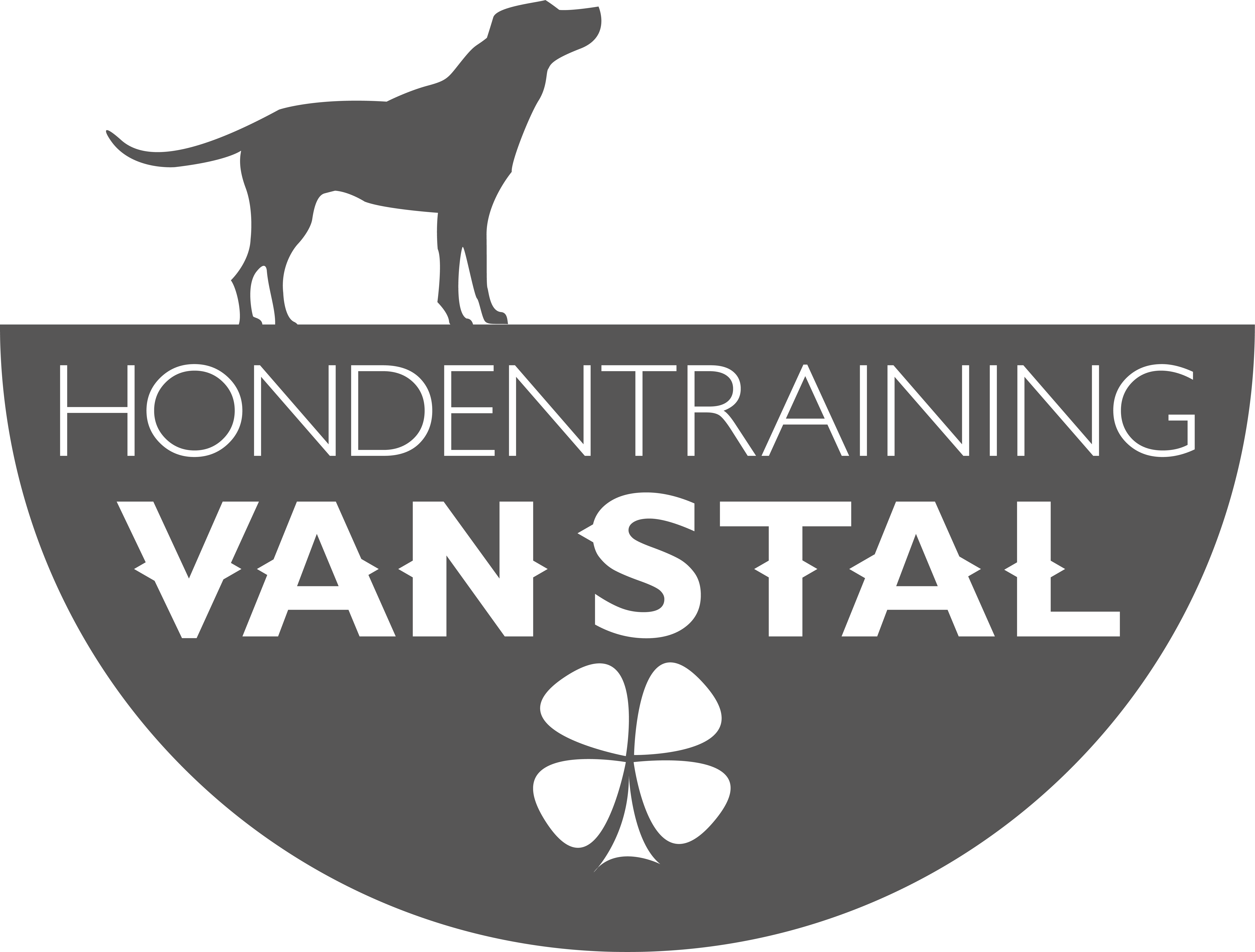It happens more often than you think: dogs that react strongly on the leash. They bark, growl, lunge, or try to pull away when they see another dog (or sometimes a person). This behavior can look intense, but it’s often not nearly as ‘aggressive’ as it seems. Much more often, it stems from emotions like fear, insecurity, or frustration.
Leashed dogs can’t communicate freely
A dog on a leash has limited freedom of movement and can’t fully use its body language. Small calming signals like pausing briefly, turning the head away, making a curved approach, or sniffing the ground are often blocked or go unnoticed. These signals are essential for social communication between dogs. They often mean something like: “I’ll leave you alone, will you leave me alone too?”
But on a leash, the dog often can’t communicate that message properly, and the other dog might not perceive it well either. This can lead to escalating tension.
No control over distance = stress
Leashed dogs also can’t choose how far to stay away from what they find scary, threatening, or uncomfortable. After all, they’re attached to a human on the other end of the leash. This lack of control over the situation causes stress. Some dogs respond by freezing or trying to avoid, but many resort to barking, lunging, or growling—because they’ve learned that it works: “If I make a big enough scene, that scary thing will go away!”
So in many cases, it’s not about bad intentions, but a survival strategy. And the more it ‘works’, the more it becomes a learned habit.
Frustration plays a role too
For some dogs, it’s not (just) fear or insecurity, but rather frustration: they want to get to the other dog, but they’re not allowed to. They feel stuck, get frustrated, and eventually explode. This often happens with young, social dogs who lack self-regulation or dogs who are used to always being allowed to play.
It’s normal… but not pleasant
Leash reactivity is very common and actually a very normal canine behavior in an unnatural situation. But that doesn’t mean it will go away on its own—or that you shouldn’t address it. For the dog, it’s exhausting, stressful, and frustrating, and often for the owner too.
Understanding, guidance, and connection
As an owner, you can make a big difference by not only focusing on the behavior itself, but also by looking at the needs of your dog. A reactive dog is often carrying built-up tension, lacking social skills, or simply missing the confidence to handle the situation—or the trust in their handler. That’s why it’s so important to invest in learning to read your dog: What do you see in their posture, eyes, tail, or pace? If you can recognize signs of stress or tension early, you can respond more effectively.
It’s also essential to know how to guide your dog in a calm and confident way through difficult situations. Not through pressure or control, but with safety, predictability, and calmness. By practicing together, celebrating small successes, and guiding your dog in a positive way, you’ll also be strengthening something just as important as training: the bond between you and your dog. Trust, mutual understanding, and cooperation are key to making real progress.
The Reactive dog course is valuable for any owner—whether your dog reacts strongly to other dogs or not. You’ll gain deeper insight into how to guide your dog through challenging situations. You’ll discover that you’re not alone: within the group, you’ll find recognition, support, and understanding from fellow owners in similar situations. Together, you’ll not only learn to manage difficult behavior but also (re)discover joy, relaxation, and connection with your dog.

